(You have no idea how long I’ve wanted to write “Glasgow Tunnel Adventure Part 4” in a post title! It’s taken me a while to tick off another Glasgow tunnel, but this one was worth the wait).
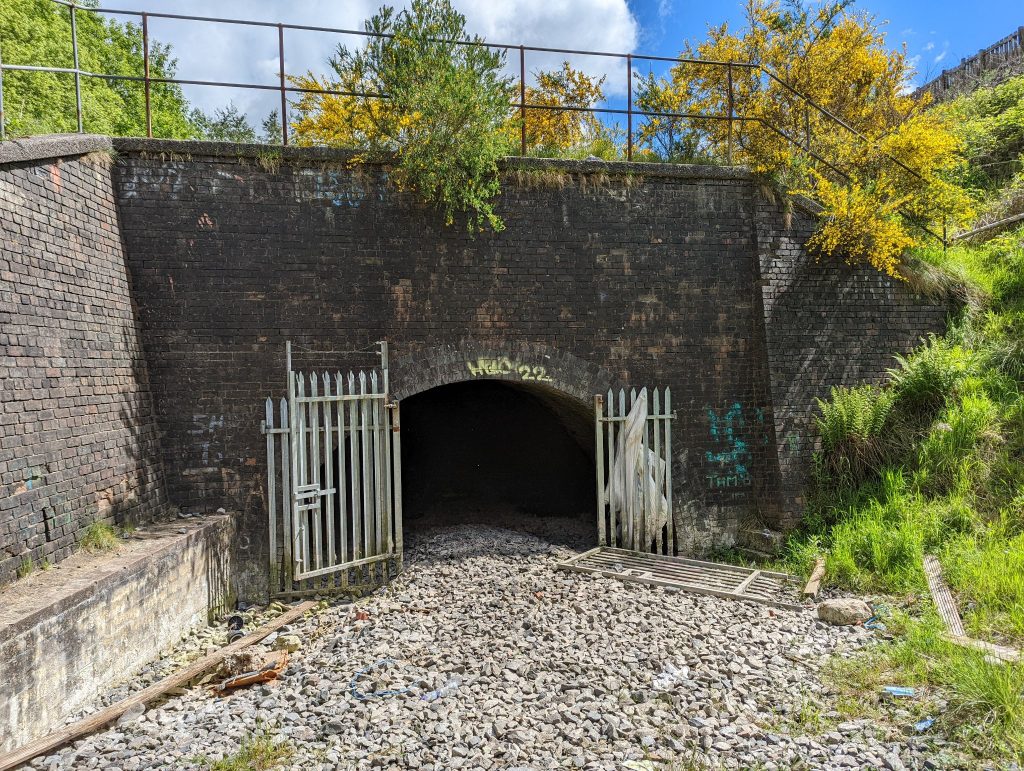
This was a little different from my previous Glasgow railway tunnel explores. Most of the others were double track tunnels on the Caledonian Railway’s now-defunct suburban network in the West End. For this explore I headed to the East End instead, for a look at Provan Gasworks Tunnel.
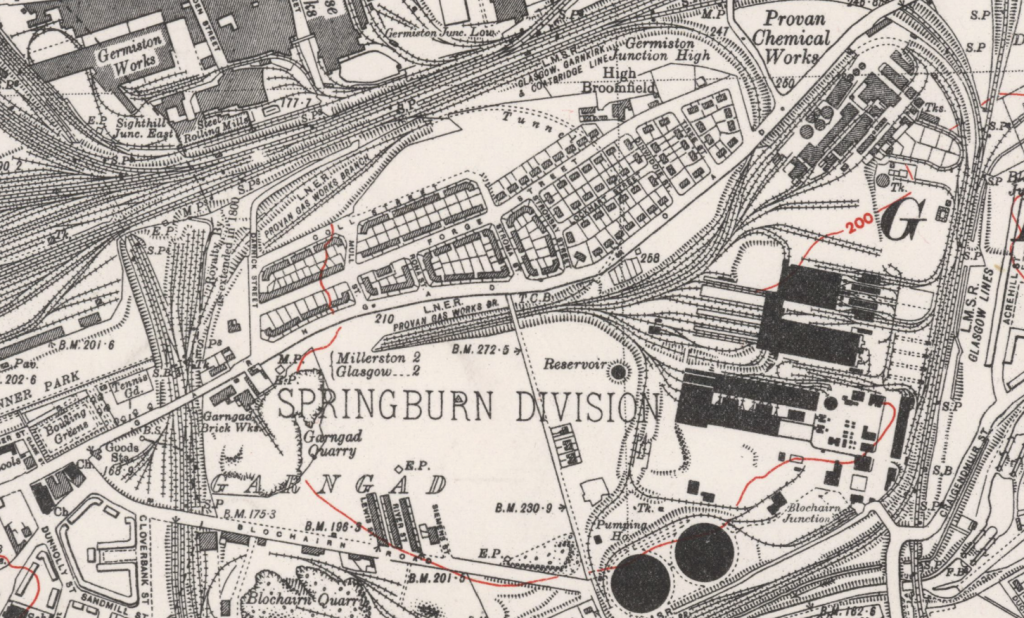
This tunnel carried a single track industrial line into Provan Gasworks from the west. This line branched off the main line between the present day Alexandra Parade and Barnhill stations, and curved to the east, entering a 520 yard long tunnel near Darnick Street. The tunnel was quite an usual shape in that it doubled back on itself by almost 180 degrees inside, so that both portals faced roughly to the west. It had a relatively short working life, from 1902 to 1962. After closure, the southern portal was blocked off and no trace of it remains on the surface today.
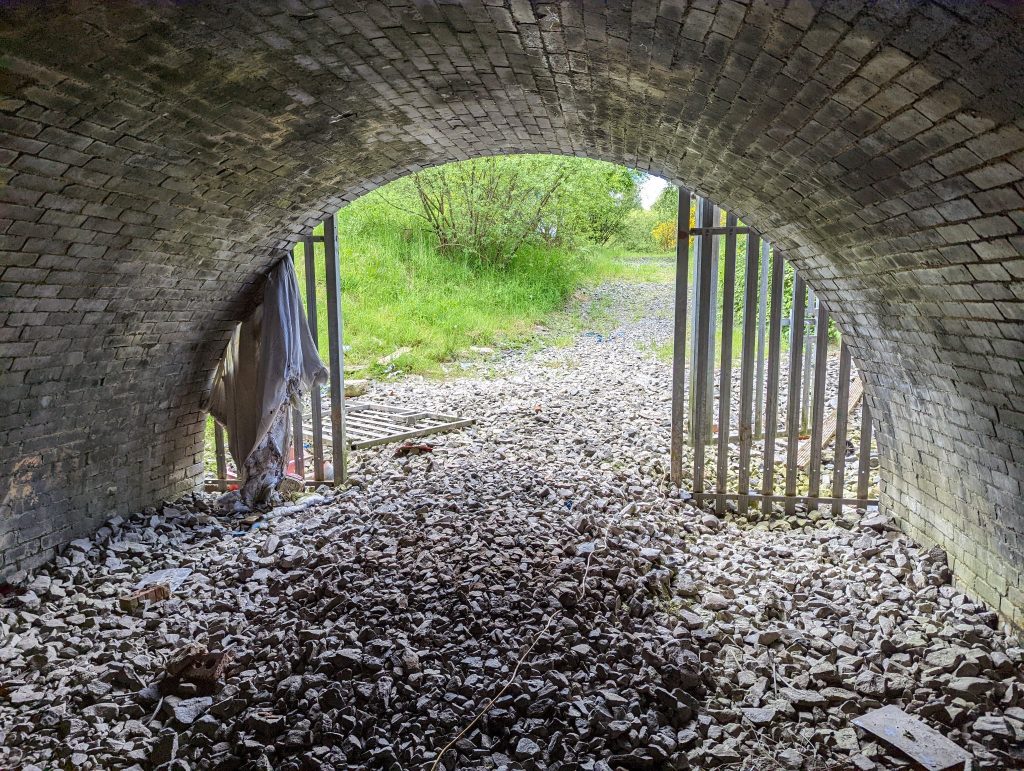
Although on a more obscure line than the famous one through the Botanic Gardens, this is one of Glasgow’s longer disused tunnels and I’d always wanted to explore it. When I checked it out a few weeks ago, it was flooded with several feet of water, so I had to give up. Apparently this is quite a common occurrence with this particular tunnel. Thankfully when I returned after a dryer spell, the water had completely gone and I was able to get inside.
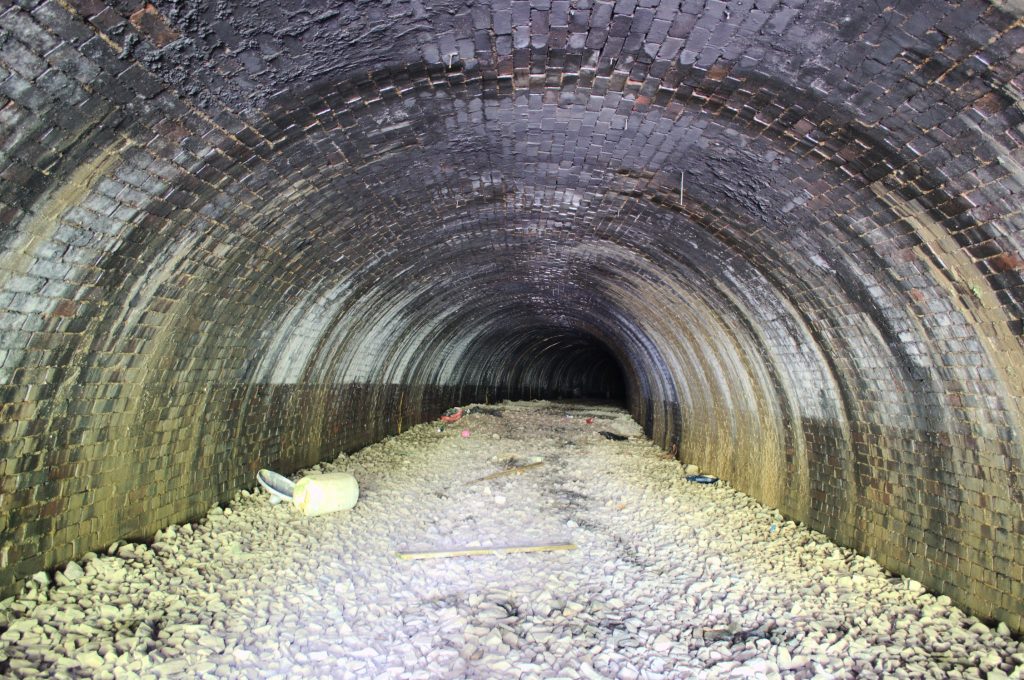
The tunnel seemed in very good condition compared to many I’ve explored. Its lining of blue engineering brick was mostly pretty clean and smooth, though there were calcite deposits in places. There was little graffiti and rubbish compared to some of the urban tunnels – I wonder if this one isn’t very well known, or maybe it’s a rare occurrence to find it accessible and dry? Underfoot conditions made walking very easy as well – for the first two thirds of the tunnel or so, the floor was covered in coarse grey gravel. This gravel layer also extended outside to form a rough “road” leading to the portal, so I suspect it’s been laid relatively recently for maintenance purposes.
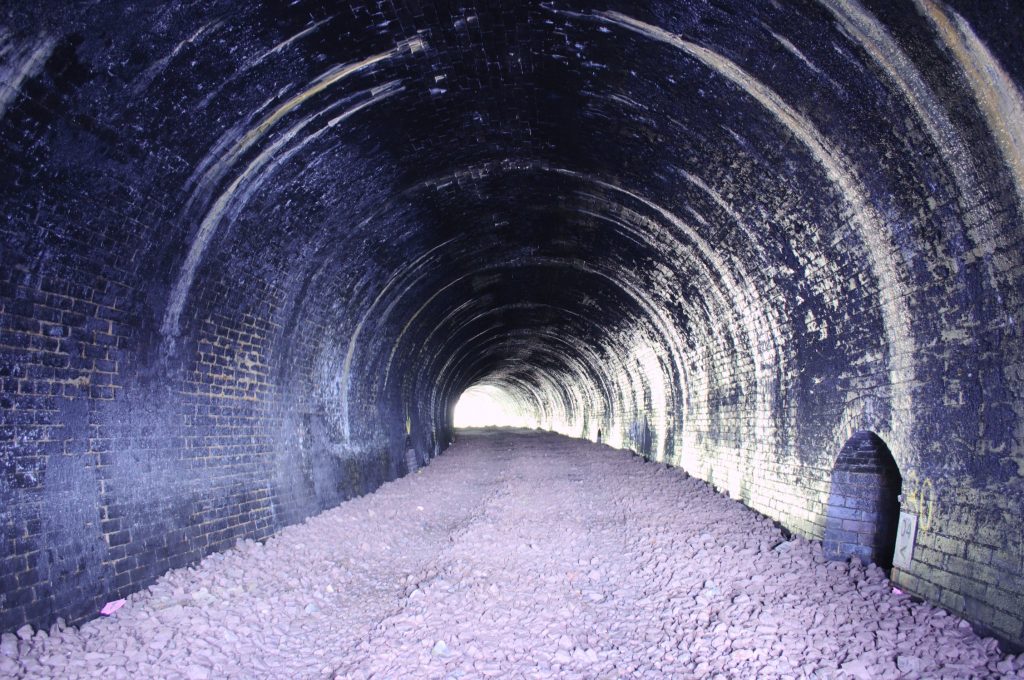
The tunnel runs on a constant curve, so it feels longer than it is, and for most of the way through you can’t see either end. Further in, the new gravel layer ends abruptly and the original dirt floor takes over, complete with still-visible indentations where the railway sleepers would have been. There are quite a lot of sleepers themselves in here as well, mostly lying by the wall near the far end. I was amazed by how dry it was in here, considering it had been completely waterlogged only a few weeks earlier. There wasn’t even much water dripping through the roof compared to most abandoned tunnels and as I approached the far end, no longer walking on the crunchy gravel by this time, I found the resulting silence quite eerie.
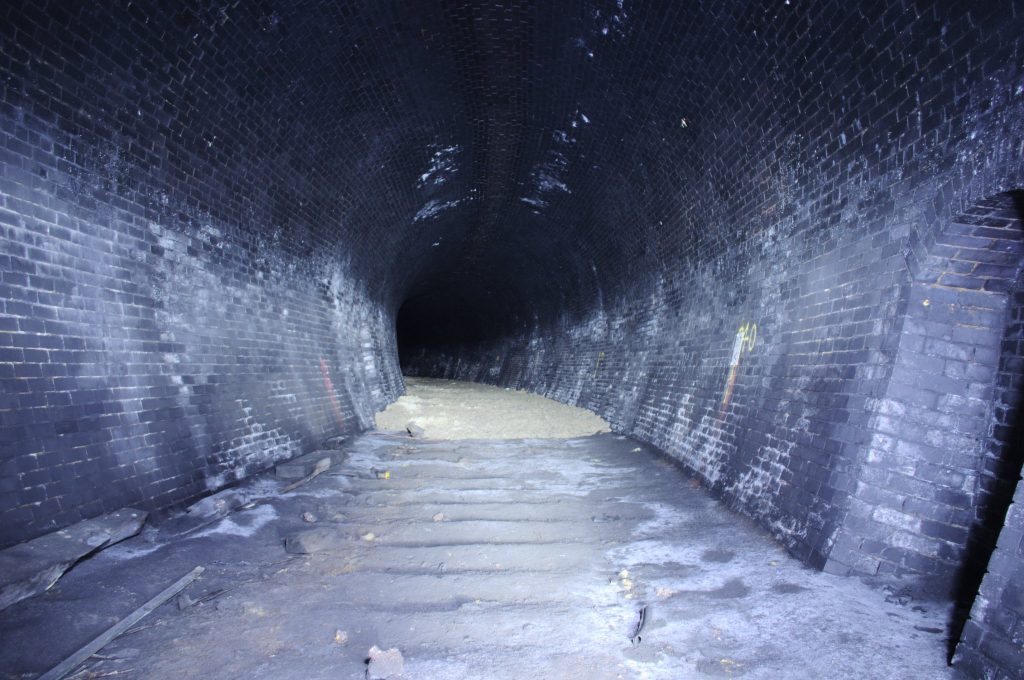
At the far end, the tunnel is completely blocked by a brick wall, probably close to where it would have once emerged into the gasworks themselves. At this point there wasn’t a lot left to do except take some photos and then turn around and walk back to the entrance.
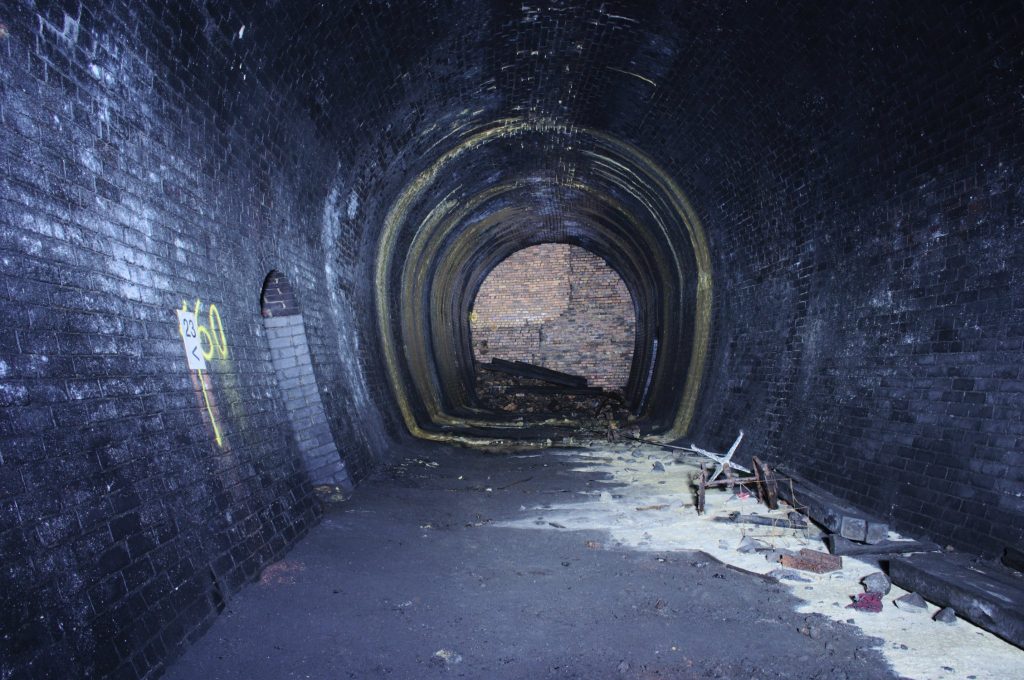

Great stuff!
Hi, I’m looking for some more info on this tunnel if possible. Are there any vents in the roof, and those off shoots/recesses, do they connect to anything above?
No, no vents in the roof. And the recesses are just refuges that go a foot or two deep at most.
Hey looking to try and explore here after not much luck at kelvin, where abouts is the entrance and do you know if it’s still accessible
Where can I find the entrance?
Brilliant keep up the adventures I love them.,